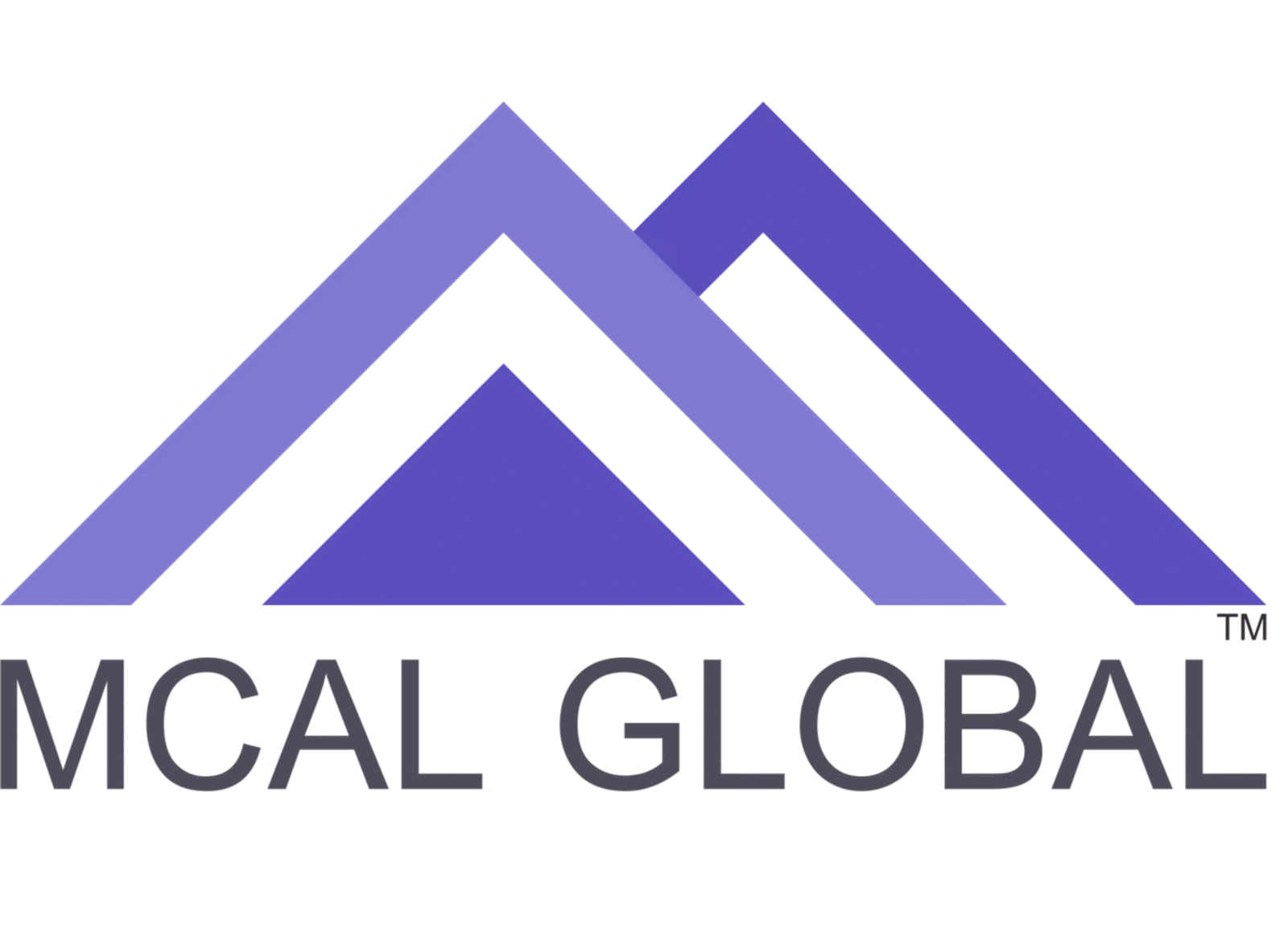In today’s complex business environment, organizations strive to improve efficiency, reduce costs, and enhance customer satisfaction. Business Process Mapping, also known as Process Mapping or Workflow Mapping, is a powerful technique that helps organizations gain a clear understanding of their current processes and identify areas for improvement. This comprehensive guide explores the concept of Business Process Mapping, its benefits, methodologies, real-world examples, and provides related website links to tools and organizations that support effective process mapping.I. Understanding Business Process Mapping:
- Definition and Purpose: Business Process Mapping is a visual representation of the steps, activities, inputs, and outputs of a business process. It provides a clear and comprehensive view of how work flows within an organization, enabling stakeholders to identify bottlenecks, redundancies, and areas of improvement.
- Importance of Business Process Mapping: Business Process Mapping offers several benefits, including:
- Improved Process Understanding: It helps stakeholders gain a holistic view of how work gets done and the interdependencies between various steps.
- Process Visualization: It provides a visual representation of the process, making it easier to communicate and understand complex workflows.
- Identification of Inefficiencies: It helps identify bottlenecks, redundancies, and inefficiencies in the process, enabling organizations to streamline operations and reduce costs.
- Process Improvement: By identifying areas for improvement, organizations can implement changes to optimize processes and enhance overall performance.
II. Key Components of Business Process Mapping:
- Identifying the Process Scope: Before mapping a process, it is essential to clearly define its scope and boundaries. This includes identifying the start and end points, as well as the inputs and outputs of the process.
- Mapping Process Steps: The process mapping exercise involves documenting each step and activity within the process. This can be done using various graphical notations, such as flowcharts, swimlane diagrams, or value stream maps.
- Capturing Inputs and Outputs: For each process step, it is important to identify the inputs required to perform the activity and the outputs generated as a result. This helps understand the flow of information and materials within the process.
- Adding Decision Points: Decision points are critical junctures within a process where choices or alternative paths can be taken. Including decision points in the process map helps stakeholders understand the decision-making process and potential branching within the workflow.
- Documenting Roles and Responsibilities: Business Process Mapping also involves identifying the roles and responsibilities of individuals or departments involved in each process step. This helps clarify accountability and promotes cross-functional collaboration.
III. Methodologies and Techniques for Business Process Mapping:
- Flowcharting: Flowcharting is a commonly used technique for Business Process Mapping. It uses standardized symbols and arrows to depict the sequence of steps, decision points, inputs, and outputs of a process. Popular flowcharting tools include Microsoft Visio, Lucidchart, and draw.io.
- Swimlane Diagrams: Swimlane diagrams are useful when mapping processes that involve multiple stakeholders or departments. Each swimlane represents a specific role or department, helping visualize the handoffs and responsibilities at each step.
- Value Stream Mapping: Value Stream Mapping is a technique used to map and analyze the end-to-end flow of materials and information within a process. It focuses on identifying value-adding and non-value-adding activities, aiming to streamline the process and eliminate waste.
IV. Real-World Examples of Business Process Mapping:Example 1: Order Processing: A retail organization maps its order processing workflow to identify areas for improvement. The process map reveals bottlenecks in the order fulfillment process and excessive manual handoffs. Using the insights gained, the organization redesigns the process, implements automation, and reduces order processing time.Example 2: Customer Onboarding: A software company maps its customer onboarding process to enhance the customer experience. The process map uncovers delays in the onboarding journey and communication gaps between teams. With this information, the company streamlines the process, improves communication, and provides a seamless onboarding experience for customers.V. Related Tools and Organizations:
- Business Process Management Institute (BPMI): BPMI is a professional organization that promotes best practices in business process management. Their website offers resources, training, and certifications related to Business Process Mapping and other process management techniques. Website: https://www.bpmi.org/
- Microsoft Visio: Microsoft Visio is a popular diagramming tool that provides a wide range of templates and shapes for creating professional process maps. It offers intuitive features for diagramming, collaboration, and integration with other Microsoft Office applications. Website: https://www.microsoft.com/en-us/microsoft-365/visio/
- Lucidchart: Lucidchart is a cloud-based diagramming and visual collaboration tool that supports Business Process Mapping. It offers a user-friendly interface, extensive shape libraries, and real-time collaboration features. Website: https://www.lucidchart.com/
Conclusion:Business Process Mapping is a valuable technique for organizations seeking to understand and optimize their workflows. By visualizing processes, identifying bottlenecks, and improving communication and collaboration, organizations can enhance efficiency, reduce costs, and deliver better customer experiences. Tools such as flowcharting software, swimlane diagrams, and value stream mapping enable organizations to document and analyze their processes effectively. Organizations like the Business Process Management Institute (BPMI), Microsoft Visio, and Lucidchart provide valuable resources and tools to support successful Business Process Mapping initiatives. By embracing Business Process Mapping, organizations can gain valuable insights into their operations and drive continuous improvement.References:
- Business Process Management Institute (BPMI). (n.d.). BPMI. Retrieved from https://www.bpmi.org/
- Microsoft Visio. (n.d.). Microsoft Visio. Retrieved from https://www.microsoft.com/en-us/microsoft-365/visio/
- Lucidchart. (n.d.). Lucidchart. Retrieved from https://www.lucidchart.com/
Note: The examples provided are fictional and used for illustrative purposes only.
For better understanding join MCAL Global’sMaster Business Analysis Training – MBATâ€. MBAT is the flagship business analyst course. MCAL Global has trained more than 2000 professionals on the business analysis processes, concepts, tools, techniques, best practices, business analyst certification, and software tools via this program.
Through active feedback collected from individuals & corporates, MCAL Global has perfected this business analyst course via numerous updates and revisions to deliver the best possible results for individuals or corporates.MCAL Global conducts a classroom for this business analyst course in Pune and Mumbai, else you can join our live online business analyst course from anywhere.
MCAL Global has trained professionals from the United States, UAE – Dubai, Australia, United Kingdom, and all major cities from India through our live instructor online business analyst courses. You can send your interest by visiting our contact us page.


